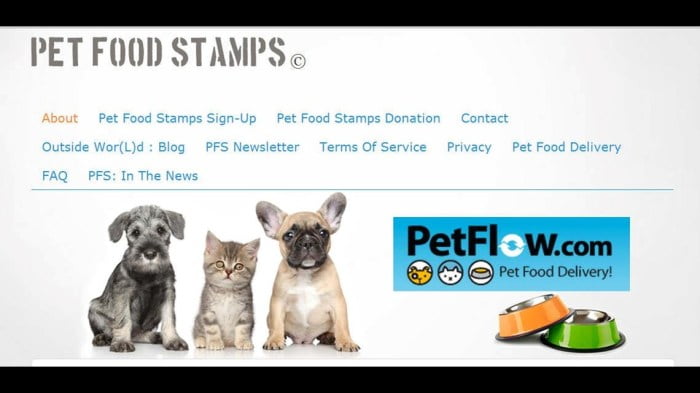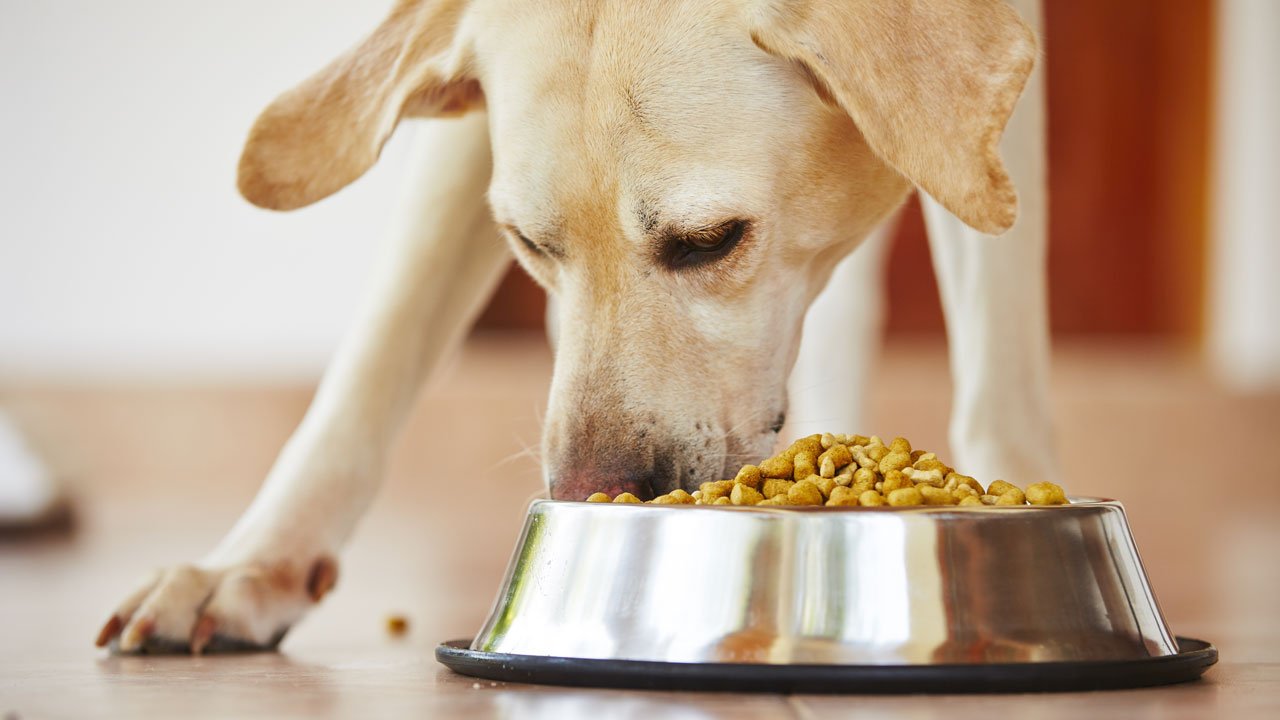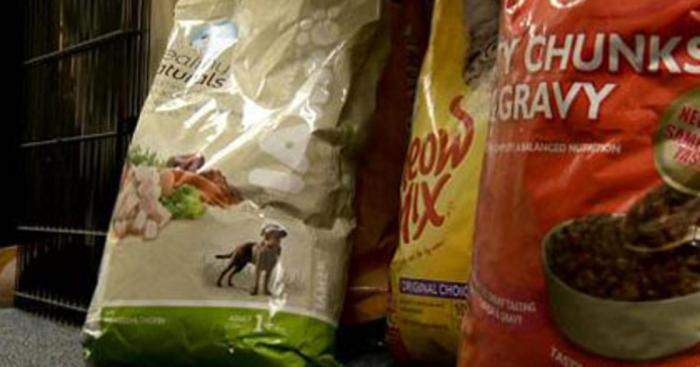In the United States, millions of low-income individuals and families rely on the Supplemental Nutrition Assistance Program (SNAP), commonly known as food stamps, to put food on the table. But what about our furry companions? Can food stamps be used to purchase pet food, such as dog food?
This article will delve into the complex world of SNAP eligibility, approved food items, state and local variations, alternative assistance programs, ethical considerations, and the potential economic impact of allowing SNAP benefits to cover pet food purchases. We will also explore proposed solutions and provide answers to frequently asked questions.
Food Stamps Eligibility Criteria

The Supplemental Nutrition Assistance Program (SNAP), commonly known as food stamps, provides food assistance to low-income individuals and families. To be eligible for SNAP, applicants must meet specific income and asset limits.Income limits are based on the federal poverty level (FPL).
For 2023, the gross income limit for a household of four is $3,384 per month (130% of the FPL). Households with higher incomes may still be eligible for SNAP if they have high expenses, such as medical bills or child care costs.Asset
limits are also considered when determining SNAP eligibility. For 2023, households with countable assets of less than $2,500 are generally eligible for SNAP. Households with more assets may still be eligible if they meet certain criteria, such as being over the age of 60 or having a disability.
Pet Ownership
Pet ownership does not affect SNAP eligibility. However, pet food is not covered by SNAP benefits. SNAP benefits can only be used to purchase food for human consumption. Pet owners who need assistance with pet food may be able to get help from local animal shelters or pet food banks.
SNAP Approved Food Items
The Supplemental Nutrition Assistance Program (SNAP), formerly known as food stamps, is a federal program that provides financial assistance to low-income individuals and families to purchase food. SNAP benefits can be used to purchase a wide variety of food items, including:
- Fruits and vegetables
- Meat, poultry, and fish
- Dairy products
- Bread and cereals
- Snacks and beverages
Pet food is not included in the list of eligible SNAP food items. This is because pet food is not considered to be a staple food item for humans.
State and Local Variations
The Supplemental Nutrition Assistance Program (SNAP) is a federally funded program, but its implementation and policies can vary across different states and localities. These variations may include eligibility criteria, benefit amounts, and approved food items.
When it comes to pet food purchases, there are generally no exceptions or special provisions under SNAP. Pet food is not considered an eligible food item under the program, and therefore cannot be purchased using SNAP benefits.
Exceptions
- In some rare cases, states or localities may have pilot programs or initiatives that allow for the purchase of pet food under SNAP. These programs are typically small-scale and time-limited, and may have specific eligibility criteria.
- Additionally, some non-profit organizations or pet food banks may provide pet food assistance to low-income individuals and families who receive SNAP benefits.
Alternative Assistance Programs
Apart from government assistance programs like SNAP, there are several other organizations that offer support for pet food costs.
These programs may have varying eligibility criteria and application processes, so it’s essential to research and contact the specific organizations for more information.
Local Animal Shelters
- Many animal shelters provide pet food assistance programs to low-income families and individuals.
- Eligibility requirements and application processes vary, so it’s recommended to contact the local shelter directly.
Non-Profit Organizations
- Several non-profit organizations focus on providing pet food assistance, such as The Humane Society and the American Society for the Prevention of Cruelty to Animals (ASPCA).
- These organizations often have income and pet ownership requirements, and application processes may involve submitting an application or visiting a distribution site.
Community Food Banks
- Some community food banks may offer pet food assistance as part of their services.
- Eligibility and application processes vary, so it’s advisable to contact the local food bank for details.
Ethical Considerations

The use of Supplemental Nutrition Assistance Program (SNAP) benefits to purchase pet food raises ethical concerns, sparking debates about the appropriate allocation of these resources.
Arguments for Allowing SNAP Purchases of Pet Food
- Pets provide companionship, emotional support, and protection, particularly for vulnerable individuals who may lack other social connections.
- Ensuring the well-being of pets can prevent costly veterinary expenses in the long run, freeing up resources for other essential needs.
- Allowing pet food purchases can reduce the burden on animal shelters and rescue organizations, as pet owners can keep their animals instead of surrendering them due to financial constraints.
Arguments Against Allowing SNAP Purchases of Pet Food
- SNAP benefits are intended to address food insecurity for humans, and diverting these funds to pet food purchases could compromise the program’s primary objective.
- Some argue that pet ownership is a luxury that should not be subsidized by government assistance programs.
- Concerns exist about potential fraud and abuse, as it may be difficult to verify whether pet food is being purchased for eligible pets or for resale.
Economic Impact

Expanding SNAP benefits to include pet food purchases could have a significant economic impact. This includes potential effects on pet ownership rates, animal welfare, and local economies.
Pet Ownership Rates
One potential effect of allowing SNAP benefits to cover pet food purchases is an increase in pet ownership rates, particularly among low-income households. This could lead to increased demand for pets from animal shelters and breeders, resulting in a positive impact on the pet industry.
Animal Welfare
Another potential benefit is improved animal welfare. Currently, many low-income pet owners struggle to afford adequate food and veterinary care for their animals. Expanding SNAP benefits could help to alleviate this burden, leading to better nutrition and health outcomes for pets.
Local Economies
Additionally, expanding SNAP benefits to include pet food purchases could have a positive impact on local economies. Pet food is typically purchased at grocery stores and other retail establishments, so increased spending on pet food could lead to increased sales and revenue for these businesses.
Proposed Solutions
To address the issue of pet food insecurity among SNAP recipients, several proposed solutions have emerged. Each approach offers its own set of advantages and disadvantages, as Artikeld in the following table:
| Solution | Advantages | Disadvantages |
|---|---|---|
| Expand SNAP Eligibility | – Would allow more pet owners to access food assistance
|
– Would require significant funding
|
| Create a Separate Pet Food Assistance Program | – Would ensure that pet owners have access to affordable pet food
|
– Would require additional funding
|
| Provide Vouchers for Pet Food Purchases | – Would allow pet owners to purchase pet food from any store that accepts the vouchers
|
– Would require a system to distribute the vouchers
|
Last Point
The issue of whether or not food stamps should cover pet food purchases is a multifaceted one with no easy answers.
There are valid arguments to be made on both sides of the debate. Ultimately, the decision of whether or not to expand SNAP benefits to include pet food is a complex one that must be made by policymakers after careful consideration of all the factors involved.
Frequently Asked Questions
Can I use my food stamps to buy dog food?
Generally, no. Pet food is not considered an eligible food item under the Supplemental Nutrition Assistance Program (SNAP).
Are there any exceptions to this rule?
Yes, there are a few exceptions. In some states, SNAP recipients may be able to use their benefits to purchase pet food if they are participating in a specific program, such as a pet food pantry or a veterinary care program.
What other government or non-profit programs can help me with pet food costs?
There are a number of government and non-profit programs that can help low-income pet owners with pet food costs. These programs may provide free or low-cost pet food, as well as other pet care services.